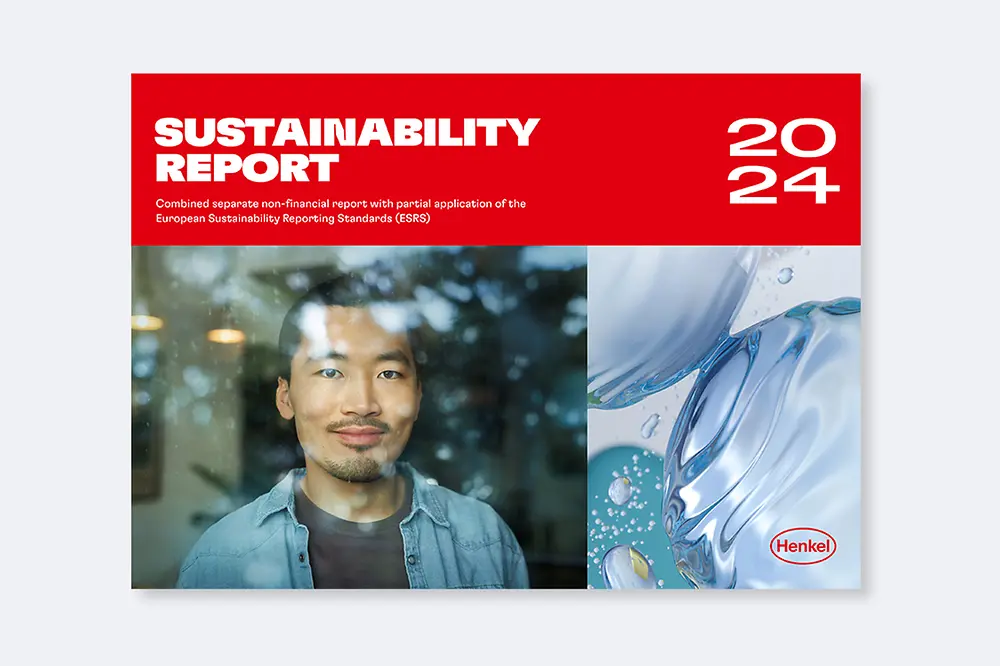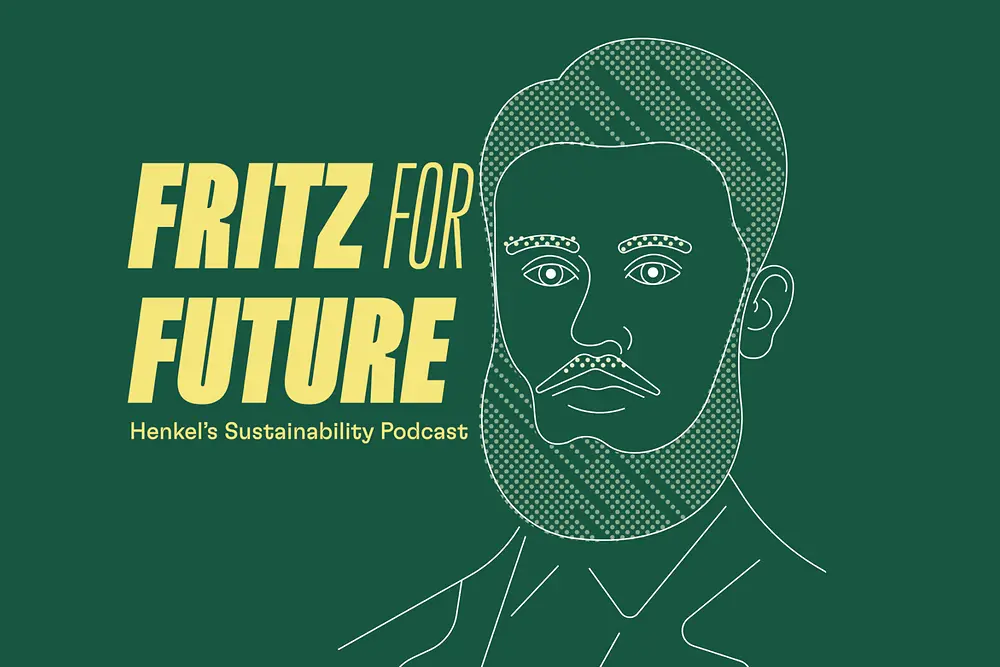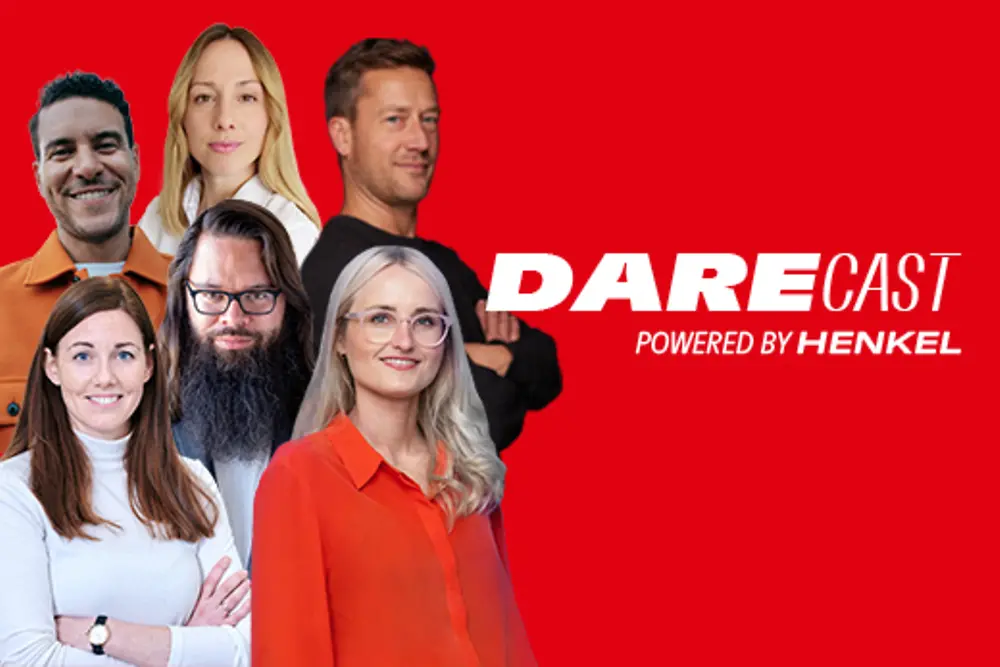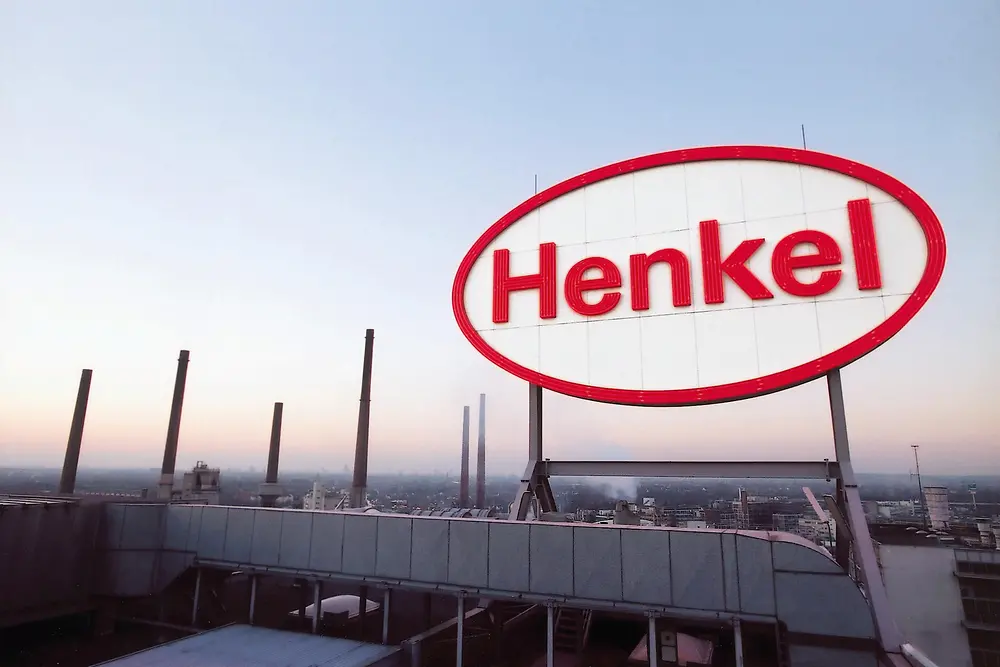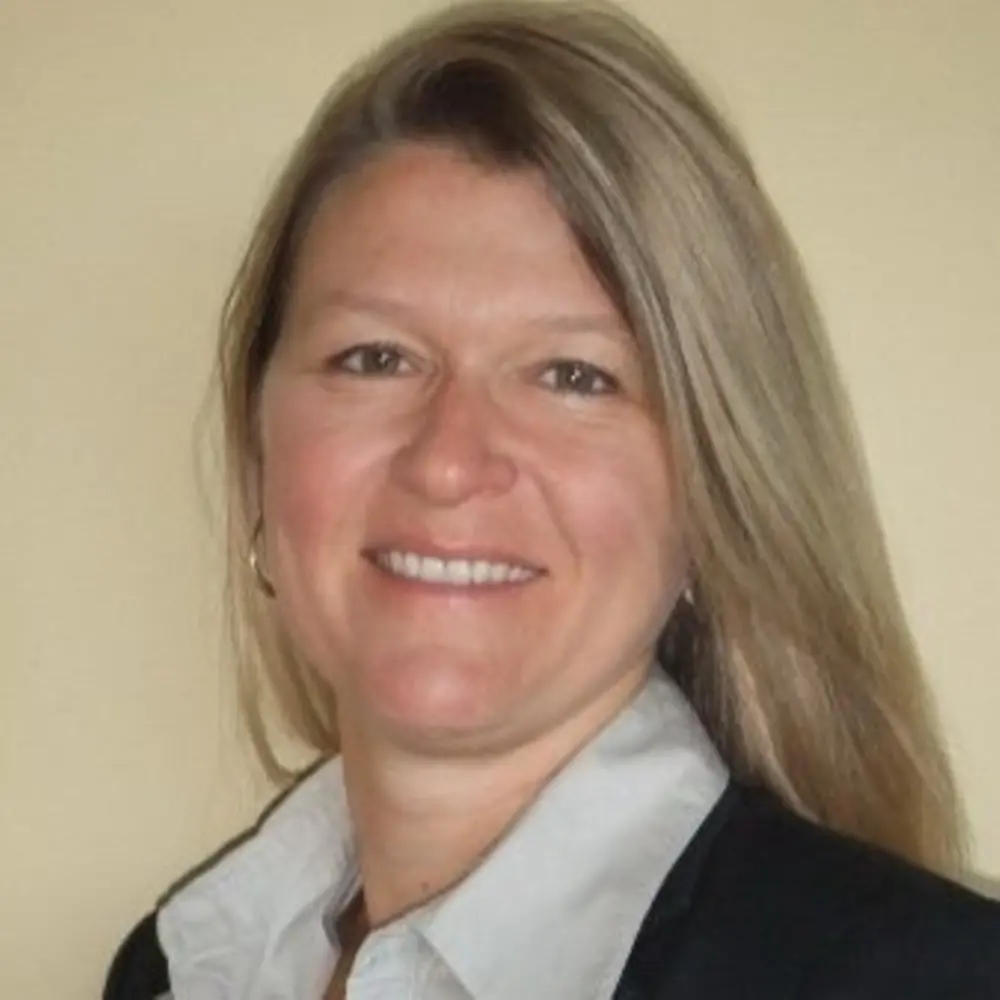The circular economy is a system where products and materials stay in the loop for as long as possible—which minimizes resource consumption and cuts waste. Switching from the current economic model of “take-make-waste” to this circular, regenerative system aims to decouple economic growth from the use of finite resources. Henkel is striving to enable circularity throughout its value chain by embracing the concept of the 9R Framework: Refuse, Rethink, Reduce, Reuse, Repair, Refurbish, Remanufacture, Repurpose, Recycle and Recover.
The environmental need for circularity is clear: Closing energy and material loops not only helps to reduce greenhouse gas emissions but also avoids resource depletion, lowers the environmental strain caused by water and land use, and keeps materials out of the environment by addressing waste pollution. Next to this, businesses are demanding more circular solutions because of the rising focus on sustainability from consumers—and from regulators.
Comprehensive legislation is defining the path to circularity, especially in Europe. The Right to Repair directive and the Ecodesign for Sustainable Products Regulation (ESPR), for example, aim to promote circular products that are designed to enable repair or reuse. Further regulations like the Packaging and Packaging Waste Regulation (PPWR) and the End-of-Life Vehicles Regulation are introducing Extended Producer Responsibility (EPR) and recycling targets to foster recyclability of products and support recycling infrastructure development.
Just as 80% of the emissions footprint of end products is determined in the design phase, so are their circular properties. Adhesives can play a crucial role in finding smart solutions for circularity: by providing high performance bonding during product life and contributing to closing the loop at end-of-life. That’s why adhesive experts are working closely with manufacturers from the very start of their product design processes.
Want details about how Henkel Adhesive Technologies is driving circularity along the value chain? Read more…

